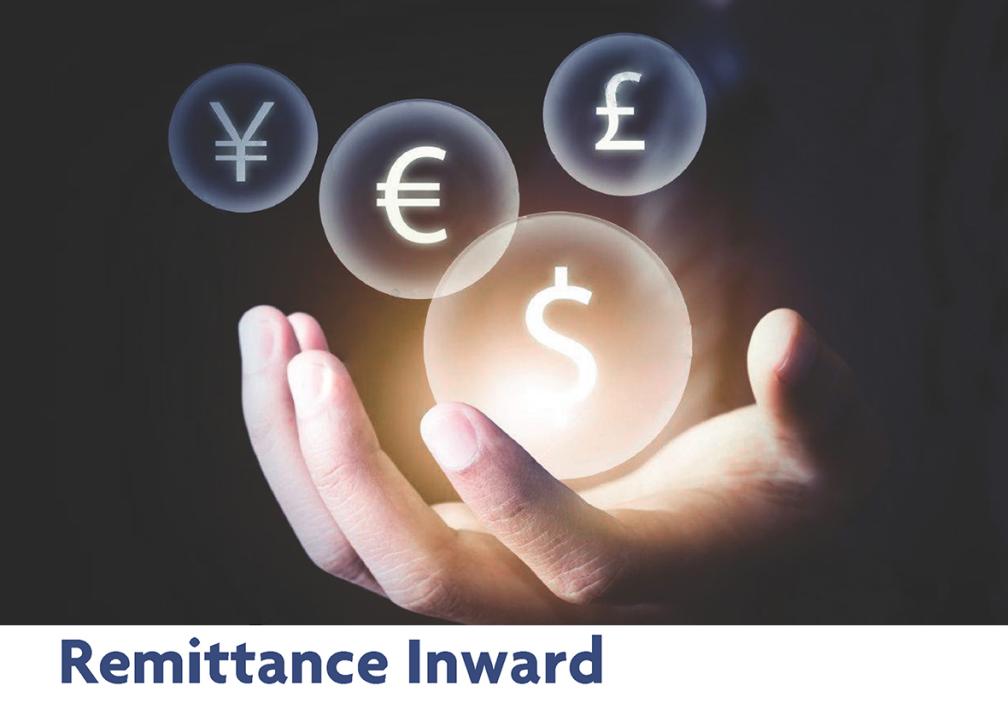How Has the Digitalization of Money Transfer Services Impacted Remittance Flows?
The digitalization of money transfer services has revolutionized the way migrants send money to their home countries, transforming remittance flows and bringing about significant economic and social benefits.

Historical Context Of Remittance Flows
Traditional Methods Of Remittance
Before the advent of digital money transfer services, migrants relied on traditional methods to send money home, such as mail, wire transfers, and cash couriers.
- Mail: Sending money through the postal service was a slow and unreliable method, often taking weeks or even months for the funds to reach the recipient.
- Wire Transfers: While faster than mail, wire transfers were expensive and required migrants to visit a bank or money transfer agent, making them inaccessible to many.
- Cash Couriers: Some migrants entrusted cash couriers to physically carry money to their home countries, but this method was risky and prone to theft or loss.
Challenges Associated With Traditional Methods
Traditional remittance methods were plagued by several challenges:
- High Fees: Migrants often paid exorbitant fees for using traditional money transfer services, reducing the amount of money that reached their families.
- Slow Processing Times: Transactions could take days or even weeks to be processed, causing delays in receiving funds.
- Lack of Transparency: Migrants had limited visibility into the status of their transactions, making it difficult to track the progress of their money.
The Rise Of Digital Money Transfer Services
Emergence Of Fintech Companies And Mobile Money Platforms
The digitalization of money transfer services gained momentum with the rise of fintech companies and mobile money platforms. These innovative services leveraged technology to provide migrants with convenient, fast, and affordable ways to send money home.
Key Features Of Digital Money Transfer Services

Digital money transfer services offer several key features that have transformed remittance flows:
- Convenience: Migrants can send money with a few taps on their smartphones or computers, eliminating the need to visit physical locations.
- Speed: Transactions are processed in real-time or within a matter of hours, ensuring that funds reach recipients quickly.
- Transparency: Migrants can track the status of their transactions in real-time, providing peace of mind and accountability.
- Affordability: Digital money transfer services typically charge lower fees compared to traditional methods, allowing migrants to send more money home.
Impact Of Digitalization On Remittance Flows
Increased Volume And Value Of Remittances
The digitalization of money transfer services has led to a significant increase in the volume and value of remittances. According to the World Bank, global remittances reached a record high of $689 billion in 2021, with digital channels accounting for a growing share.

Case studies from countries like Kenya, India, and the Philippines demonstrate how digital money transfer services have facilitated a surge in remittances, supporting families and economies.
Reduction In Remittance Costs
Digital money transfer services have significantly reduced the cost of sending remittances. Fees charged by digital providers are typically lower than those of traditional methods, allowing migrants to save money and send more funds home.
A study by the World Bank found that digital remittances can be up to 10 times cheaper than traditional methods, particularly for small transactions.
Faster Processing Times
Digital money transfer services have revolutionized the speed of remittances. Transactions are processed in real-time or within a matter of hours, compared to days or weeks for traditional methods.
This rapid processing time ensures that migrants' families receive funds quickly, enabling them to meet urgent financial needs and invest in their livelihoods.
Enhanced Transparency And Accountability
Digital money transfer services provide enhanced transparency and accountability in remittance transactions. Migrants can track the status of their transactions in real-time, ensuring that funds are sent and received as intended.
This transparency builds trust and confidence among migrants, encouraging them to use digital channels and send more money home.
Benefits Of Digitalization For Migrants And Recipients
Convenience And Ease Of Use
Digital money transfer services offer unparalleled convenience for migrants. They can send money anytime, anywhere, using their smartphones or computers, without the need to visit physical locations or wait in long queues.
Financial Inclusion
Digital money transfer services have played a crucial role in promoting financial inclusion among migrants and their families. These services reach unbanked and underserved populations, enabling them to send and receive money securely and conveniently.
Economic Empowerment
The increased volume and value of remittances facilitated by digital money transfer services have had a positive impact on the economic empowerment of migrants and their families. Remittances support entrepreneurship, investment in education and healthcare, and overall economic development in home countries.
Challenges And Risks Of Digitalization
Digital Divide
While digital money transfer services have expanded access to remittance services, the digital divide remains a challenge. Unequal access to technology and digital literacy can hinder migrants and their families from fully benefiting from digital remittances.
Cybersecurity Concerns
The digitalization of money transfer services has raised cybersecurity concerns. Protecting personal and financial data from cyberattacks and fraud is paramount to ensure the security and integrity of remittance transactions.
Regulatory And Compliance Issues
The rapid growth of digital money transfer services has highlighted the need for robust regulatory frameworks. Ensuring compliance with anti-money laundering and counter-terrorism regulations is essential to prevent illicit financial flows and protect the integrity of the financial system.
Future Outlook And Trends
Continued Growth Of Digital Remittances
The digitalization of money transfer services is expected to continue its growth trajectory. Projections indicate that digital remittances will account for an increasingly larger share of total remittance flows in the coming years.
Emerging Technologies
Emerging technologies such as blockchain, artificial intelligence, and biometrics are poised to further transform digital money transfer services. These technologies can enhance security, reduce costs, and improve the overall user experience.
Policy And Regulatory Developments
Policy and regulatory developments will play a crucial role in shaping the future of digital remittances. Governments and regulatory bodies are working to create supportive frameworks that encourage innovation while ensuring consumer protection and financial stability.
The digitalization of money transfer services has had a profound impact on remittance flows, transforming the way migrants send money to their home countries. By providing convenience, speed, transparency, and affordability, digital money transfer services have increased the volume and value of remittances, reduced costs, and empowered migrants and their families.
While challenges and risks remain, the future of digital remittances looks promising. Continued innovation, coupled with supportive policy and regulatory frameworks, will further harness the potential of digital money transfer services to promote financial inclusion, economic empowerment, and sustainable development.
YesNo

Leave a Reply